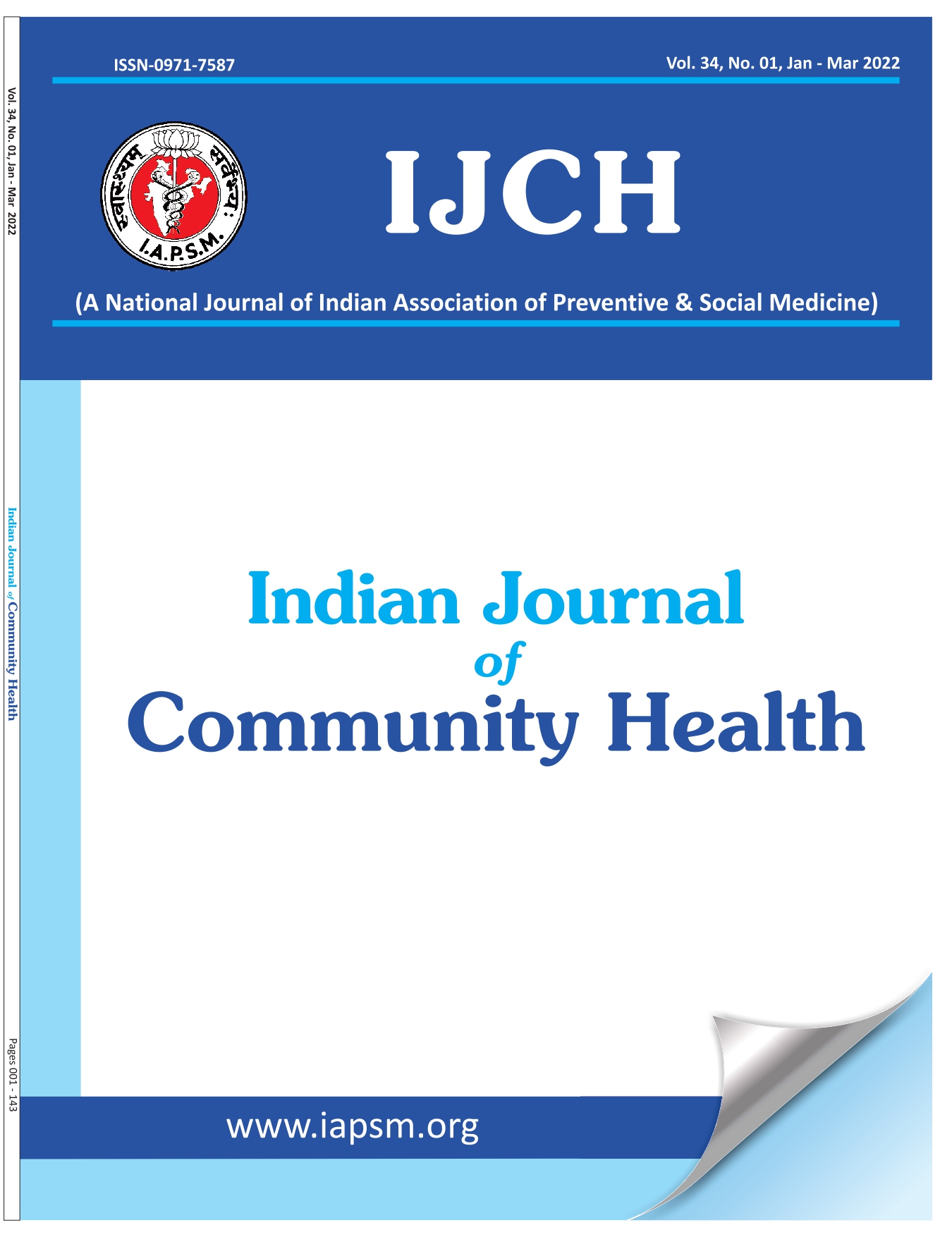Can We Eliminate Anaemia from India?
DOI:
https://doi.org/10.47203/IJCH.2018.v30i01SUPP.002Abstract
Anaemia, as defined by low haemoglobin concentration, is a condition in which the number of red blood cells or their oxygen-carrying capacity is insufficient to meet physiologic needs. It is a major public health problem that affects low, middle and high-income countries. The global prevalence of anaemia is 42.6% in children, 38% in pregnant women and 29.4% in all women of reproductive age. The prevalence of severe anaemia amongst women and children is in the range of 0.9% to 1.5% and is associated with substantially worse health outcomes (1).
Downloads
Downloads
Published
How to Cite
License
Copyright (c) 2018 Indian Journal of Community Health

This work is licensed under a Creative Commons Attribution-NonCommercial-NoDerivatives 4.0 International License.





